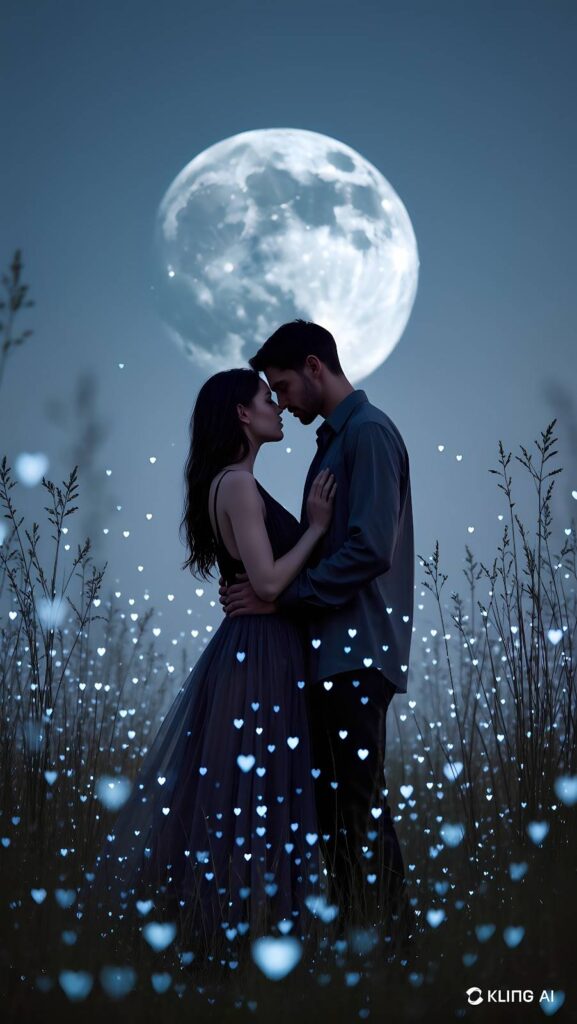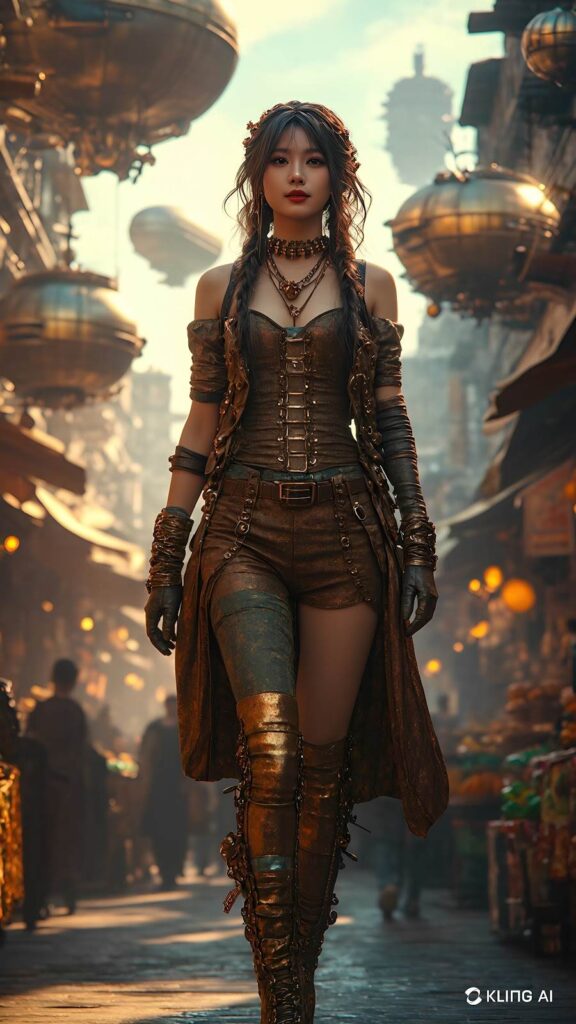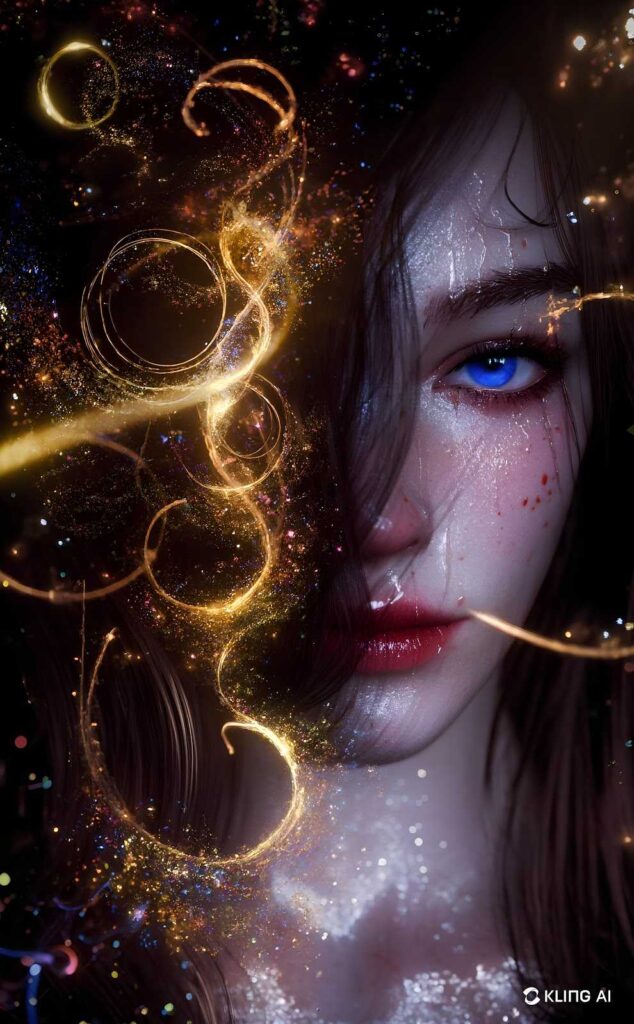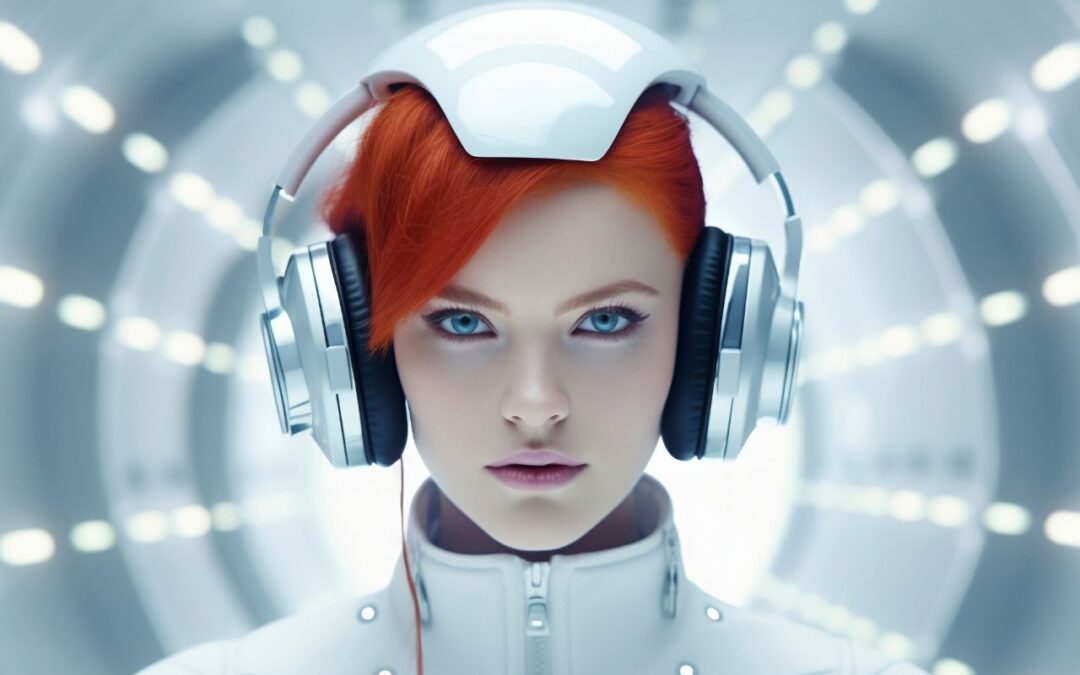In today’s digital landscape, visual content has become the cornerstone of effective communication and engagement. Yet, content creators face an increasingly challenging dilemma: the need to produce unique, high-quality visuals at an unprecedented scale while maintaining creativity and brand consistency. Enter AI photo generators, a groundbreaking solution that’s revolutionizing the creative industry.
These powerful tools are transforming how we approach visual content creation. By harnessing advanced artificial intelligence, creators can now generate stunning, original images in minutes rather than hours or days. This technology not only democratizes creative expression but also offers unprecedented speed, versatility, and accessibility.
Whether you’re a marketing professional, social media manager, or independent creator, understanding and mastering AI photo generators has become essential for staying competitive in the digital age. In this comprehensive guide, we’ll explore how to leverage these tools effectively, maximize their creative potential, and integrate them seamlessly into your content workflow.
Understanding AI Photo Generators: The Creative Revolution
AI photo generators represent a transformative leap in visual content creation, powered by sophisticated neural networks and Generative Adversarial Networks (GANs). These systems have evolved from basic image manipulation tools in the early 2010s to today’s advanced platforms capable of generating photorealistic images from text descriptions.
The technology works by training neural networks on vast datasets of images, learning to recognize and recreate complex patterns, styles, and visual elements. Modern AI generators excel in three core capabilities: text-to-image conversion, which transforms written descriptions into visual content; style transfer, allowing users to apply artistic styles across images; and upscaling, which enhances image resolution and quality.
This technological advancement has democratized visual creation, enabling individuals and businesses of all sizes to produce professional-grade imagery without traditional resource constraints. The market for AI-generated content is experiencing explosive growth, with industry analysts projecting a compound annual growth rate of over 35% through 2028, reflecting the increasing adoption of these tools across creative industries.

Why Creators Need AI-Powered Visuals: Solving Core Challenges
Content creators today face unprecedented demands for visual content that traditional creation methods simply cannot satisfy. The need for AI-powered visual generation stems from several critical challenges in the modern digital landscape. First, the constant demand for fresh, engaging content across multiple platforms requires creators to produce dozens, if not hundreds, of unique visuals weekly.
This volume would be impossible to achieve through conventional photography or design without substantial resources. AI generators eliminate these volume constraints by enabling rapid creation of diverse, high-quality visuals on demand. Beyond quantity, these tools address the creative fatigue that often plagues content creators, offering endless inspiration through variations and combinations that might not occur to human designers.
Brand consistency, a crucial element in marketing success, becomes more manageable through AI’s ability to learn and replicate specific visual styles, ensuring all generated content aligns with established brand guidelines. For businesses and individual creators operating with limited budgets, AI generators dramatically reduce the need for expensive stock photo subscriptions, professional photography sessions, or dedicated design teams.
The technology also solves the challenge of creating highly specific or conceptual imagery that would be difficult or impossible to capture through traditional means. By providing instant visualization of ideas and concepts, AI generators accelerate the creative process and enable rapid iteration, allowing creators to experiment with different approaches until they achieve their desired results.

Top Image Creation Tools Reviewed
Leading the innovation in AI image generation, platforms like Kling AI are setting new standards with groundbreaking features such as 3D generation capabilities and dynamic motion effects.
While some platforms excel in artistic expression or photorealistic generation, Kling AI distinguishes itself through its ability to create complex 3D scenes with accurate perspective and lighting, making it particularly valuable for product visualization and architectural renders. The platform’s intuitive interface allows creators to seamlessly transition between static and dimensional imagery, while maintaining exceptional output quality across all formats.

Step-by-Step Guide to Mastering AI Photo Generation
Step 1: Defining Visual Objectives and Parameters
Begin your AI image generation journey by clearly outlining your visual goals and target audience characteristics. Create a detailed style guide that includes brand colors, preferred aesthetics, and tone guidelines. Consider technical specifications like image dimensions, aspect ratios, and resolution requirements for different platforms.
Step 2: Tool Selection Framework
Evaluate your project needs against available AI platforms. Consider factors like output quality, style flexibility, and integration capabilities. Match your technical expertise level with platform complexity, and assess budget alignment with usage requirements.
Step 3: Prompt Engineering Techniques
Master the art of prompt crafting by following a structured approach: start with the main subject, add style descriptors, and finish with technical parameters. Incorporate advanced modifiers like lighting conditions, camera angles, and artistic influences. Use specific adjectives and avoid vague descriptions to achieve precise results.
Step 4: Refinement and Enhancement Workflow
Develop a systematic approach to image refinement using in-painting tools for targeted adjustments. Apply professional upscaling techniques to enhance resolution while maintaining quality. Implement color correction workflows to ensure consistency across your visual content.
Step 5: Integration into Content Pipelines
Streamline your production process by setting up efficient batch processing systems. Leverage API connections for automated image generation and implement collaborative workflows. Create standardized quality control checkpoints and establish clear feedback loops within your team for consistent output.
Ethical Considerations for AI-Generated Content
The rise of AI-generated imagery brings crucial ethical responsibilities for content creators. Understanding copyright implications is essential – while AI-generated images may be original creations, they often draw from training data that includes copyrighted works. To maintain transparency, implement clear watermarking or labeling practices that indicate when images are AI-generated.
This builds trust with audiences and complies with emerging disclosure standards. When crafting prompts, actively work to mitigate potential biases by reviewing and adjusting language that could perpetuate stereotypes or unfair representations. Consider implementing a systematic review process to catch unintended bias in generated images.
For attribution, develop clear policies around crediting both the AI platform used and any artistic styles or influences referenced. While legal frameworks around AI-generated content continue to evolve, establishing robust ethical guidelines now ensures responsible creation practices and protects both creators and audiences.
The Future of Creative Visual Content
The emergence of AI photo generators marks a transformative shift in creative content production, offering unprecedented opportunities for creators to scale their visual content while maintaining quality and originality. By understanding the strategic selection of tools, mastering prompt engineering techniques, and implementing structured workflows, creators can significantly enhance their content creation capabilities.
The key to success lies in choosing the right platform for specific needs, developing systematic approaches to prompt writing, and maintaining ethical standards in AI-generated content. As these technologies continue to evolve, creators who embrace and master AI photo generation tools will gain a significant competitive advantage in the digital landscape.
The future of creative workflows will increasingly integrate AI capabilities, making it essential for content creators to develop these skills now. By combining human creativity with AI’s capabilities, creators can unlock new levels of visual storytelling and engagement while maintaining authenticity and brand integrity in their content.






